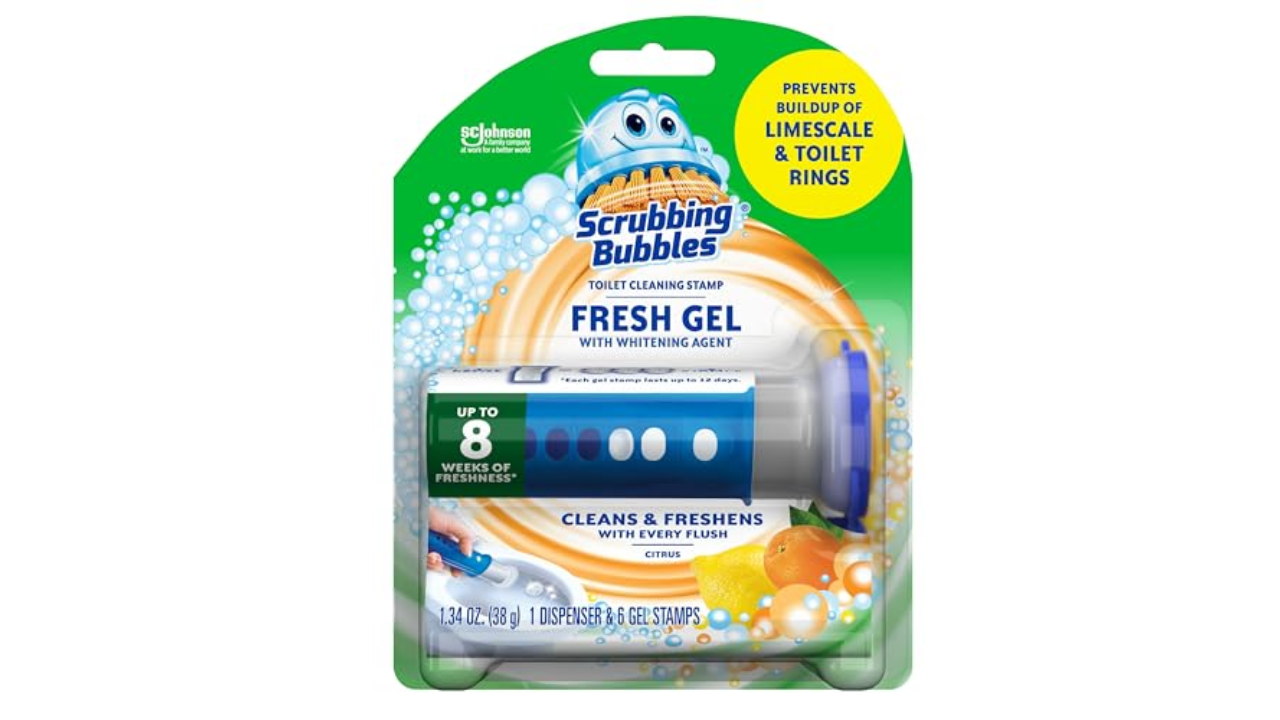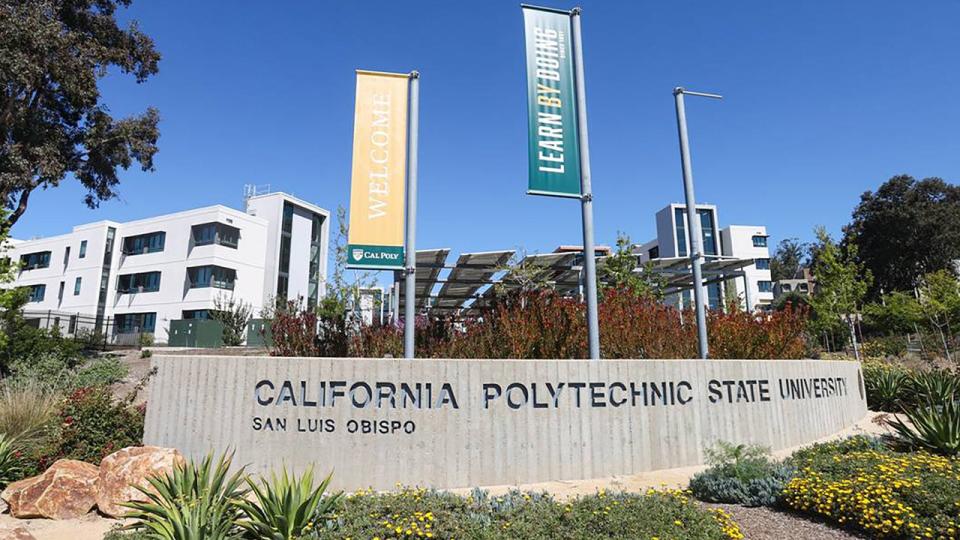Two years after Institute for Marine Mammal Studies in Gulfport received an official warning following the death of a sea lion, the U.S. Department of Agriculture has hit the aquarium with a $3,000 fine.
The USDA provided a settlement agreement to IMMS after a watchdog group filed complaints.
By paying the $3,000 civil fine, IMMS neither admits nor denies the alleged violations, according to the settlement agreement.
The complaint was filed in June 2022 by Stop Animal Exploitation Now, a nonprofit based in Ohio that monitors U.S. research laboratories for illegal activities and animal abuse.
The complaint came after Jester, an adult California sea lion, died under anesthesia while being operated on for a large ulcer in his eye. That happened in February 2020 at the facility off U.S. 49 near I-10 in Gulfport.
The USDA reported in March 2021 the chlorine levels were too high in the tank in which Jester the sea lion was held.
Jester had been living at IMMS since 2015 and did not have any eye lesions when he arrived at the facility, according to the report. The attending veterinarian confirmed that four out of five sea lions on the same water system had eye issues.
SAEN also documented in the complaint the condition of outdoor holding tanks that had rust, flaking paint and other materials harmful to the sea lions.
The fine also included issues in the drowning death of a bottlenose dolphin named Jag that violated federal regulations for proper animal handling.
IMMS director Moby Solangi told the Sun Herald in June 2022 all the issues have been corrected.

The maximum penalty IMMS was facing under USDA regulations was $12,722 per infraction, per animal.
“USDA officials could have slapped the Institute for Marine Mammal Studies with a fine over $25,000,” said Michael Budkie, SAEN’s executive director. “While a penalty of any size is still an animal abuse conviction, a $3,000 fine has no punitive value,” he said.
Signup bonus from




